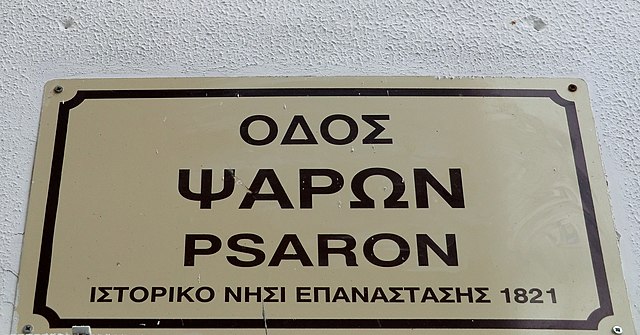Crete is the largest and most populous of the Greek islands, the 88th largest island in the world and the fifth largest island in the Mediterranean Sea, after Sicily, Sardinia, Cyprus, and Corsica. Crete rests about 160 km (99 mi) south of the Greek mainland, and about 100 km (62 mi) southwest of Anatolia. Crete has an area of 8,450 km2 (3,260 sq mi) and a coastline of 1,046 km (650 mi). It bounds the southern border of the Aegean Sea, with the Sea of Crete to the north and the Libyan Sea to the south. Crete covers 260 km from west to east but is narrow from north to south, spanning three longitudes but only half a latitude.
NASA photograph of Crete
Messara Plain
The palm beach of Vai
Lefka Ori
Modern Greek, generally referred to by speakers simply as Greek, refers collectively to the dialects of the Greek language spoken in the modern era, including the official standardized form of the language sometimes referred to as Standard Modern Greek. The end of the Medieval Greek period and the beginning of Modern Greek is often symbolically assigned to the fall of the Byzantine Empire in 1453, even though that date marks no clear linguistic boundary and many characteristic features of the modern language arose centuries earlier, having begun around the fourth century AD.
Street sign in Rethymno in honor of Psara island: Psaron (in genitive) Street, historic island of the 1821 Revolution





